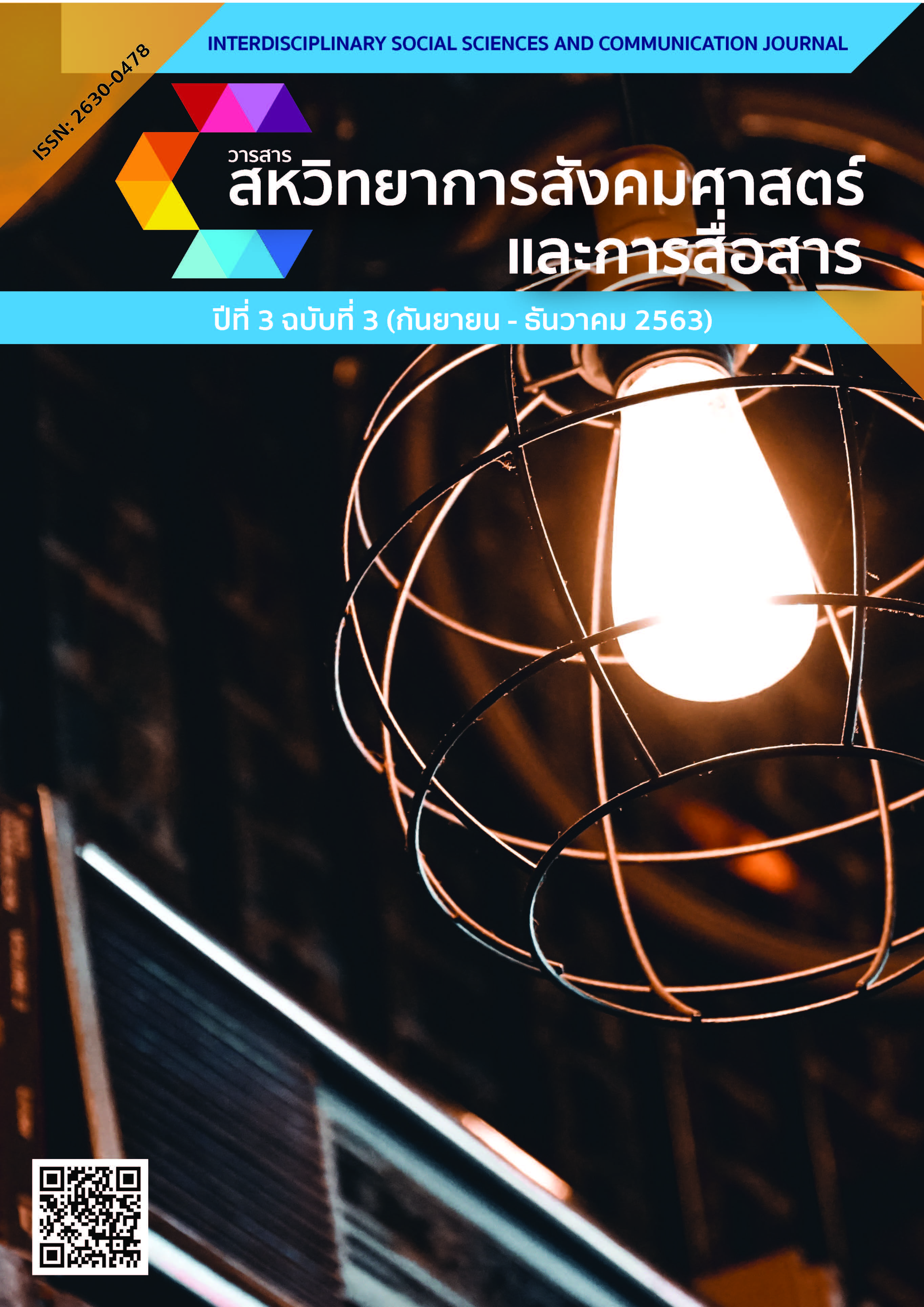FINANCIAL INNOVATIONS FOR LOW-INCOME PEOPLE IN THAILAND
Main Article Content
Abstract
This article is written with the aim of proposing a way to uplift the well-being of low-income people in Thailand through financial innovations using primary data from Government Registration Project for low-income people database. There were 14.1 million people who registered the project, but only 11.4 million people met the qualification by Ministry of Finance. The qualification required Thai nationality, being older than 18 years of age, being unemployed or having income no more than 100,000 baht in 2016, having no financial assets or having financial assets but the value was less than 100,000 baht, and not legally owning real estates. This research uses mixed research methods which include both qualitative and quantitative techniques to categorize low-income people into 3 groups and propose financial products for each group. The empirical result categorizes low-income people into 3 groups, namely, those who need help, those who can be developed to have better quality of life, and those who have potentials and can become free from low-income people. Financial innovations for those who need help include a loan project with 0 interest rate for 5 years and a project of capability development through government agencies, such as, Ministry of Social Development and Human Security and Ministry of Agriculture and Cooperatives. Financial innovations for those who can be developed to have better quality of life include a long-term governmental loan project for 90 years with fixed 3 percent interest rate requiring to pay 1,000 baht per month. The debt obligation can be a legacy to the descendant with the concept of paying debt is like paying rent but getting land to the descendant. Another project for this group is Agricultural Platform 4.0 by government agencies, such as, Digital Economy Promotion Agency incorporated with private sectors to develop a platform to uplift Thailand agricultural industry for the low-income people to which they register and use the platform to trade agricultural goods with free of charge. Financial innovations for those who have potentials and can become free from low-income people include a loan project to develop
Article Details
The author(s) is only responsible for data appearing in the submitted manuscript of Interdisciplinary social sciences and communication journal.Besides, this journal encourages and enables you to share data such as statements, contents, figures, etc. that support your research publication where appropriate, and enables you to interlink the data with proper citation.
References
ณรงค์ เพ็ชรประเสริฐ. (2546). รายงานวิจัยฉบับสมบูรณ์ บทสังเคราะห์ภาพรวมการพัฒนา
ระบบสวัสดิการสำหรับคนจนและคนด้อยโอกาสในสังคมไทย. กรุงเทพฯ: ศูนย์ศึกษา
เศรษฐศาสตร์การเมือง คณะเศรษฐศาสตร์ จุฬาลงกรณ์มหาวิทยาลัย.
ไทยรัฐออนไลน์. (2560). นโยบาย "บัตรสวัสดิการแห่งรัฐ" สิทธิประโยชน์ "คนไทย" ครั้งแรก
มีบัตรก่อน ใช้สิทธิก่อน. สืบค้นสืบค้นจากhttps://www.thairath.co.th/
content/1086287
สำนักงานคณะกรรมการพัฒนาการเศรษฐกิจและสังคมแห่งชาติ. (2560). รายงานการ
วิเคราะห์สถานการณ์ความยากจนและความเหลื่อมล้ำในประเทศไทย ปี พ.ศ. 2559.
สืบค้นจาก http://social.nesdb.go.th/social/Portals/0/PDF%20รายงานความ
ยากจนฯ%202559.pdf
สำนักงานคณะกรรมการพัฒนาการเศรษฐกิจและสังคมแห่งชาติ. (2560). เส้นความยากจน
(Poverty line) จำแนกตามภาคและเขตพื้นที่ ปี พ.ศ. 2531 - 2559 รายปี. สืบค้นจาก
http://social.nesdb.go.th/SocialStat/StatReport_Final.aspx?reportid=854
&template=2R1C&yeartype=M&subcatid=59
Boltvinik, J. (1998). “Poverty Measurement Methods – an overview”, in SEPED
Series on Poverty Reduction, UNDP, New York.
World Bank. (2008). World Development Indicators 2008: Poverty Data.
Retrieved from http://siteresources.worldbank.org/DATASTATISTICS/
Resources/WDI08supplement1216.pdf
World Bank. (2015). Ending Extreme Poverty and Sharing Prosperity: Progress
and Policies. Policy Research Notes (PRNs). Retrieved from
http://pubdocs.worldbank.org/en/109701443800596288/
PRN03Oct2015TwinGoals.pdf


